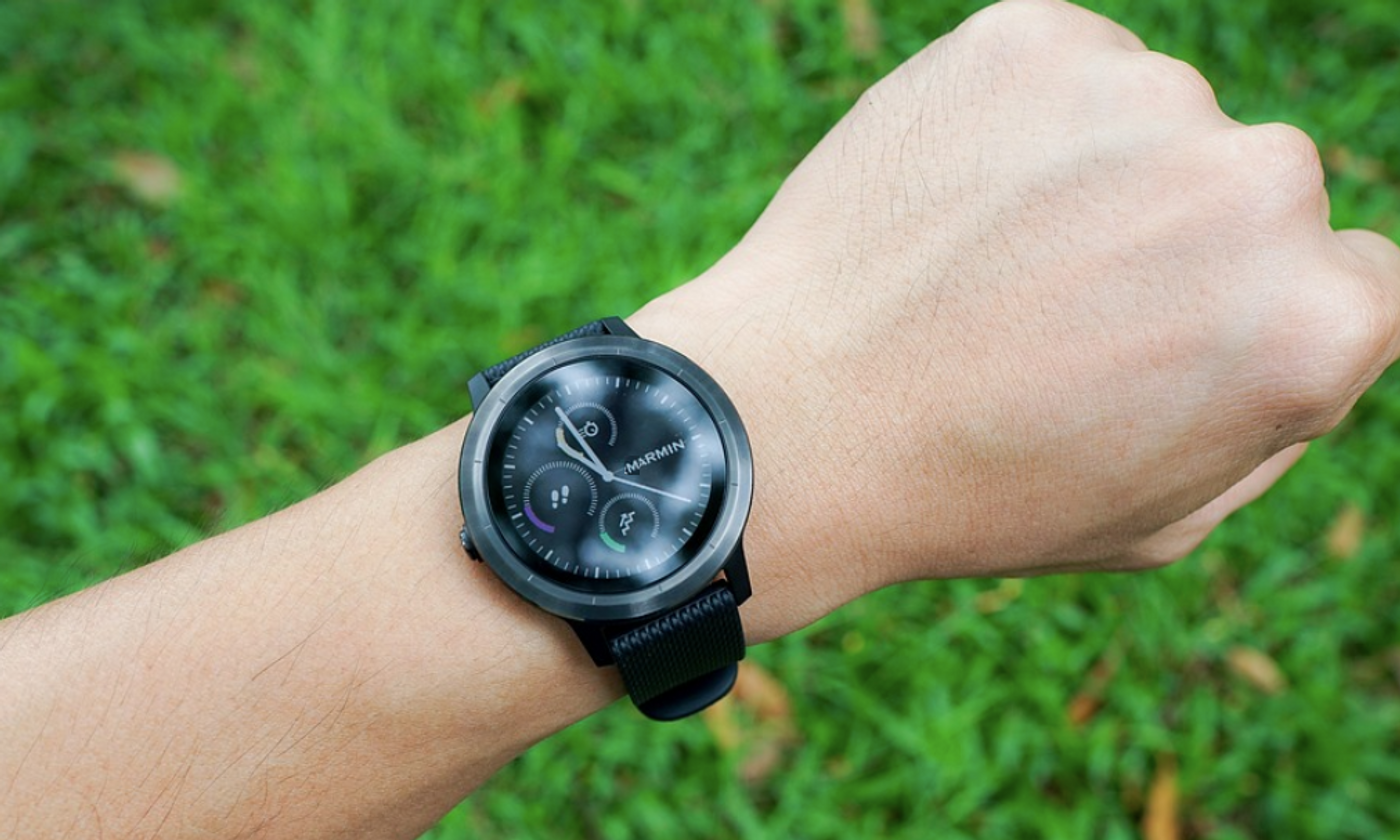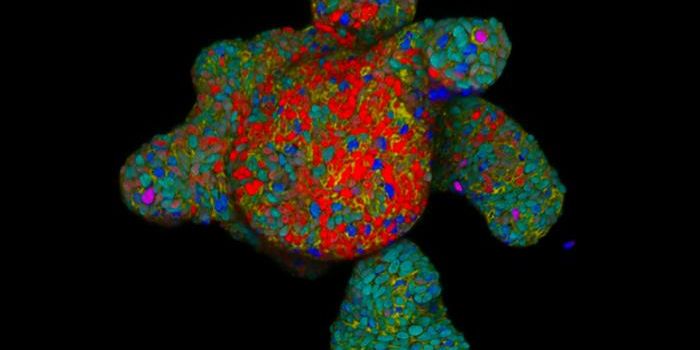Can Wrist Temperature Predict Future Disease Risk?
It may be possible to gain insight into our health by continuously monitoring wrist temperature, suggested a new study reported in Nature Communications. This research linked the risk of diseases such as hypertension, liver disease, kidney failure, type 2 diabetes and more, with accurate, constant data on the temperature of the skin. Previous studies have connected aberrant temperature rhythms with some diseases, like metabolic syndrome. But in this study, the investigators collected data from a large number of people and assessed how it was related to many different health conditions. A large number of disorders were associated with changes in wrist temperature amplitude, or how wrist skin minimum and maximum temperatures differ over 24 hours.
"These findings indicate the potential to marry emerging technology with health monitoring in a powerful new way," said co-corresponding study author Carsten Skarke, MD, an adjunct associate professor at the University of Pennsylvania Perelman School of Medicine. "For example, there are many who have smart watches around their wrists, which already include skin temperature sensors. In the future, this information may be leveraged with their care teams as a digital biomarker, to understand their risk to develop certain diseases and to navigate treatment or preventative care options."
This work used data from over 92,000 participants in the UK Biobank, who wore wrist monitors that tracked wrist temperature, sleep-wake cycles, and the impact of environmental conditions on the body, such as core temperature. The results indicated that the peaks and valleys of daily temperature fluctuations that can be observed on the wrist could be important to health. People with less fluctuations in those temperatures had a higher risk of disease; the investigators determined that 73 different conditions were linked to decreases in temperature amplitude.
Diseases that had the strongest associations with wrist temperature amplitude reductions were nonalcoholic fatty liver disease (NAFLD), which carried a 91 percent increased risk for these participants, type 2 diabetes with 69 percent risk, renal failure with 25 percent, hypertension with 23 percent, and pneumonia with 22 percent. This data is also now available online at the Temperature Biorhythm Atlas.
"While temperature rhythms are only one aspect of one's circadian health, these findings add to a growing body of work that shows the importance of maintaining healthy circadian habits, such as the consistent timing of sleep and physical activity," said co-corresponding study author Thomas Brooks, PhD, a research associate in Translational Medicine and Therapeutics at Penn.
In the future, additional smartwatch data could be incorporated from a more diverse, younger cohort of participants to confirm the findings. The biological mechanisms that may underlie this phenomenon are still unknown.
Sources: Perelman School of Medicine at the University of Pennsylvania (Penn), Nature Communications









